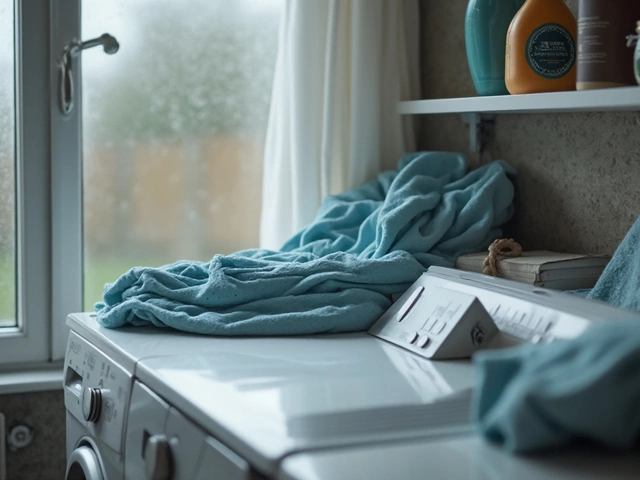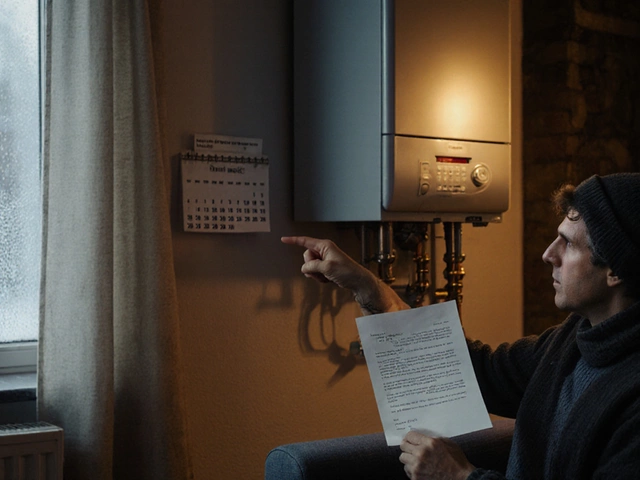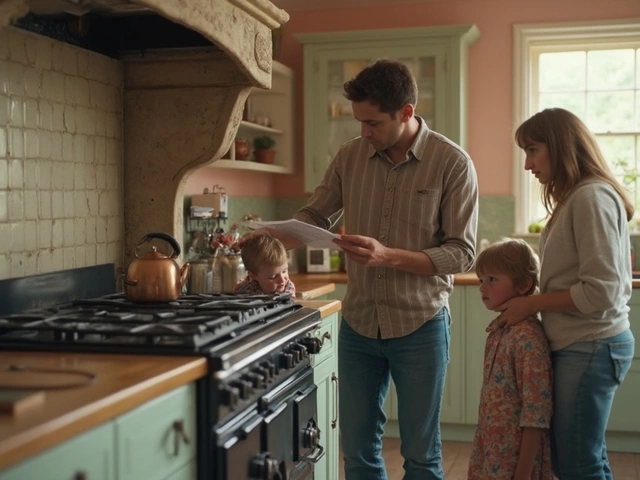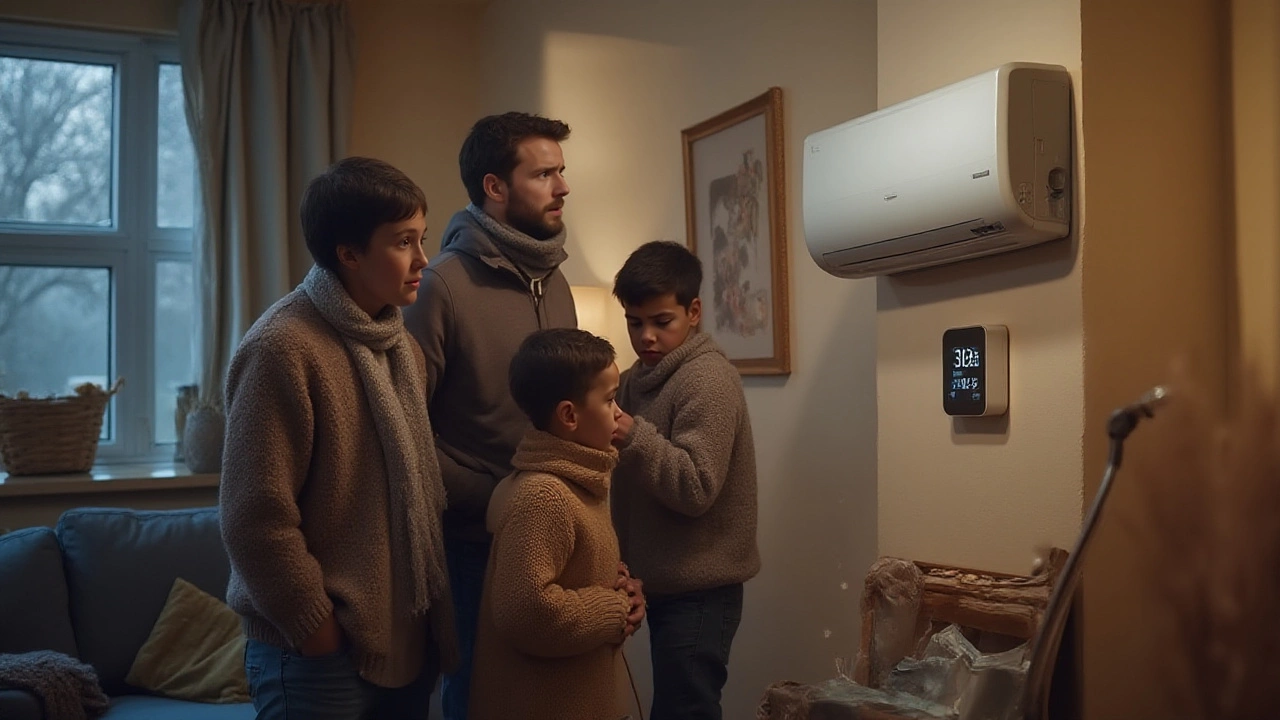Fix Heat Pump: Quick Steps to Bring Your System Back to Life
Got a heat pump that’s acting up? You’re not alone. Most homeowners notice a loss of heat, strange noises, or higher bills before they realise something’s wrong. The good news is many issues can be identified and even fixed with a few tools and a little time.
First Things First – Simple Checks
Before you call anyone, make sure the power is on. Check the breaker box and any external fuses – a tripped breaker can shut the whole system down. Next, look at the thermostat. Is it set to heating mode? Is the temperature set higher than the current room temp? Sometimes the thermostat’s batteries are dead, which throws off the whole system.
Now, peek at the outdoor unit. Clear away leaves, twigs, or snow that might be blocking airflow. A dirty coil reduces efficiency and can cause the unit to overheat. If you see ice build‑up on the coil, turn the system off for 30 minutes to let it melt, then restart.
When to Dive Deeper – Common Faults You Can Tackle
**Clogged air filter** – A dirty filter forces the heat pump to work harder. Replace or clean it every 1‑3 months during heavy use. This cheap fix often restores normal airflow and improves heating.
**Water leaks** – A small puddle around the indoor unit can mean a blocked condensate drain. Locate the drain line, usually a PVC pipe near the furnace, and clear any blockage with a shop‑vac or a pipe cleaner.
**Fan not running** – If you hear the compressor but no fan, the fan motor may be stuck or the capacitor could be bad. Turn off the power, remove the fan cover, and give the blades a gentle spin. If they won’t move, the motor likely needs replacement – a job for a qualified tech.
**Refrigerant level** – Low refrigerant shows up as weak heating and a hissing sound. This isn’t a DIY fix; you need a licensed technician to check pressures and recharge the system safely.
**Error codes** – Many modern heat pumps flash a code on the display. Look up the code in the manual (or online) – it points straight to the problem, saving you guesswork.
If after these steps your heat pump still won’t heat, it’s time to call a professional. Issues like a faulty compressor, electrical wiring problems, or major refrigerant leaks require expert tools and certification.
Regular maintenance can prevent most breakdowns. Schedule a service visit once a year, keep the outdoor unit clear, change filters, and inspect the drain line. A well‑maintained heat pump lasts longer and runs cheaper.
Bottom line: start with power, thermostat, and filter checks. Clear debris, look for ice, and note any error codes. If you hit a complex problem, don’t risk injury – get a qualified HVAC repair tech. With these basics you’ll save time, money, and stay warm all season.






